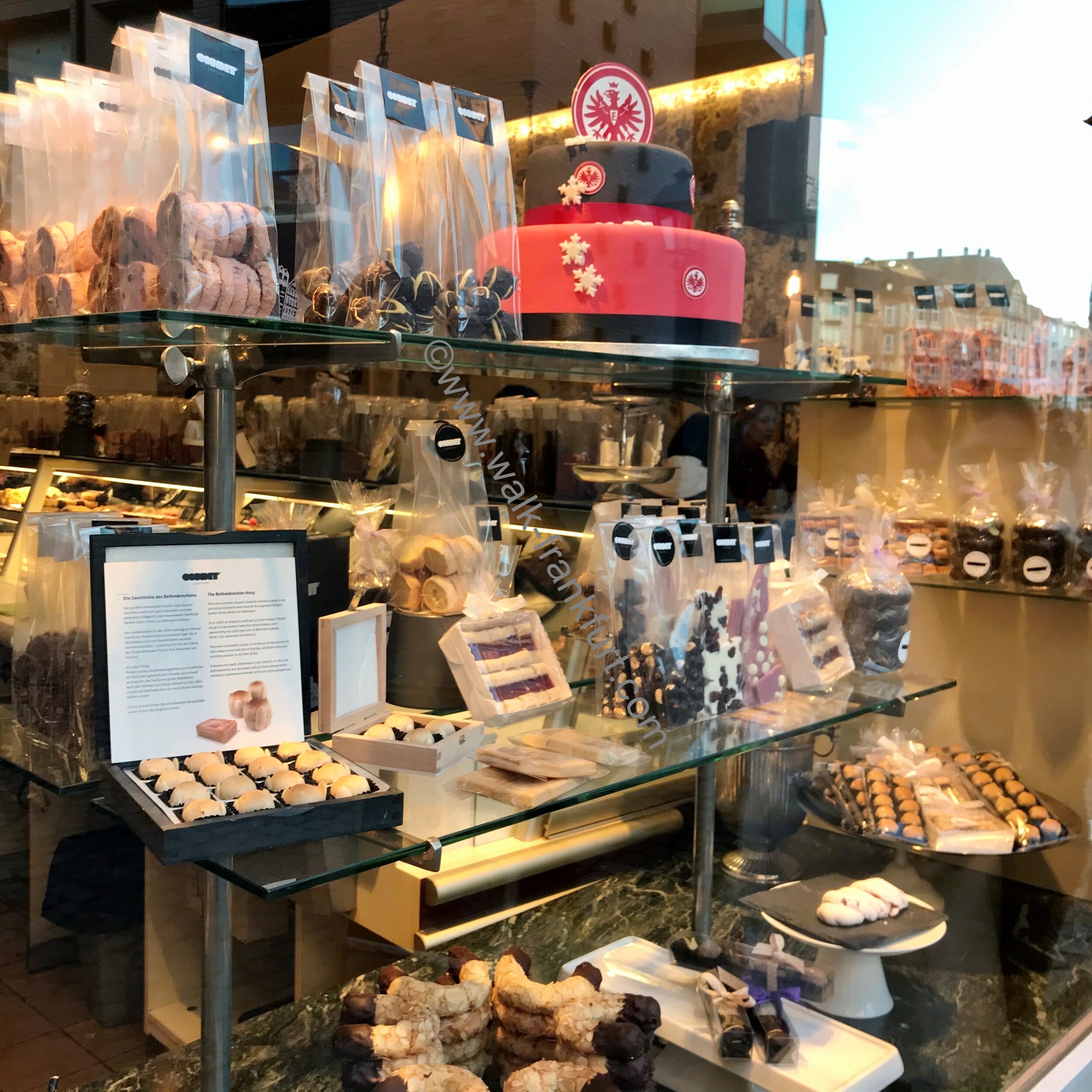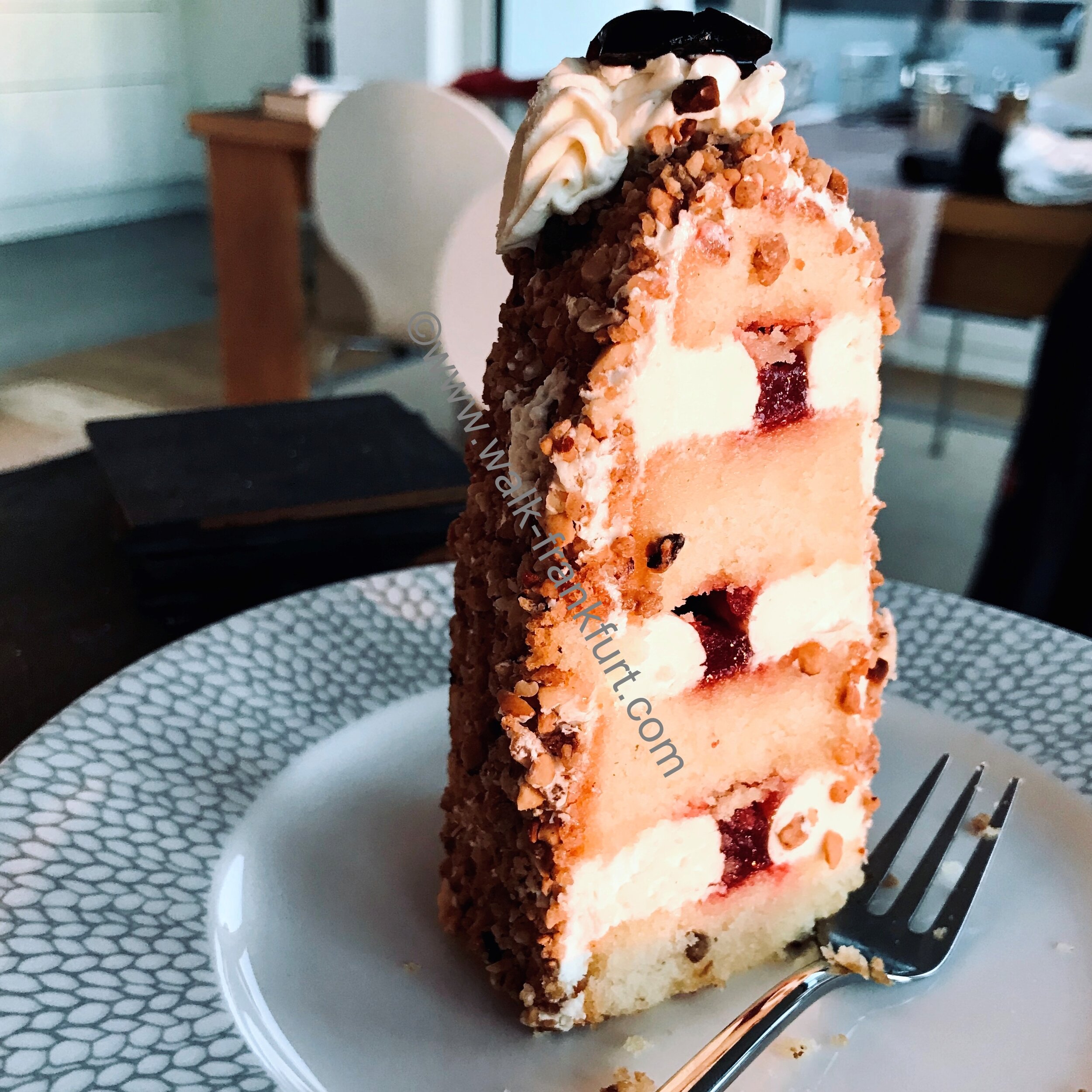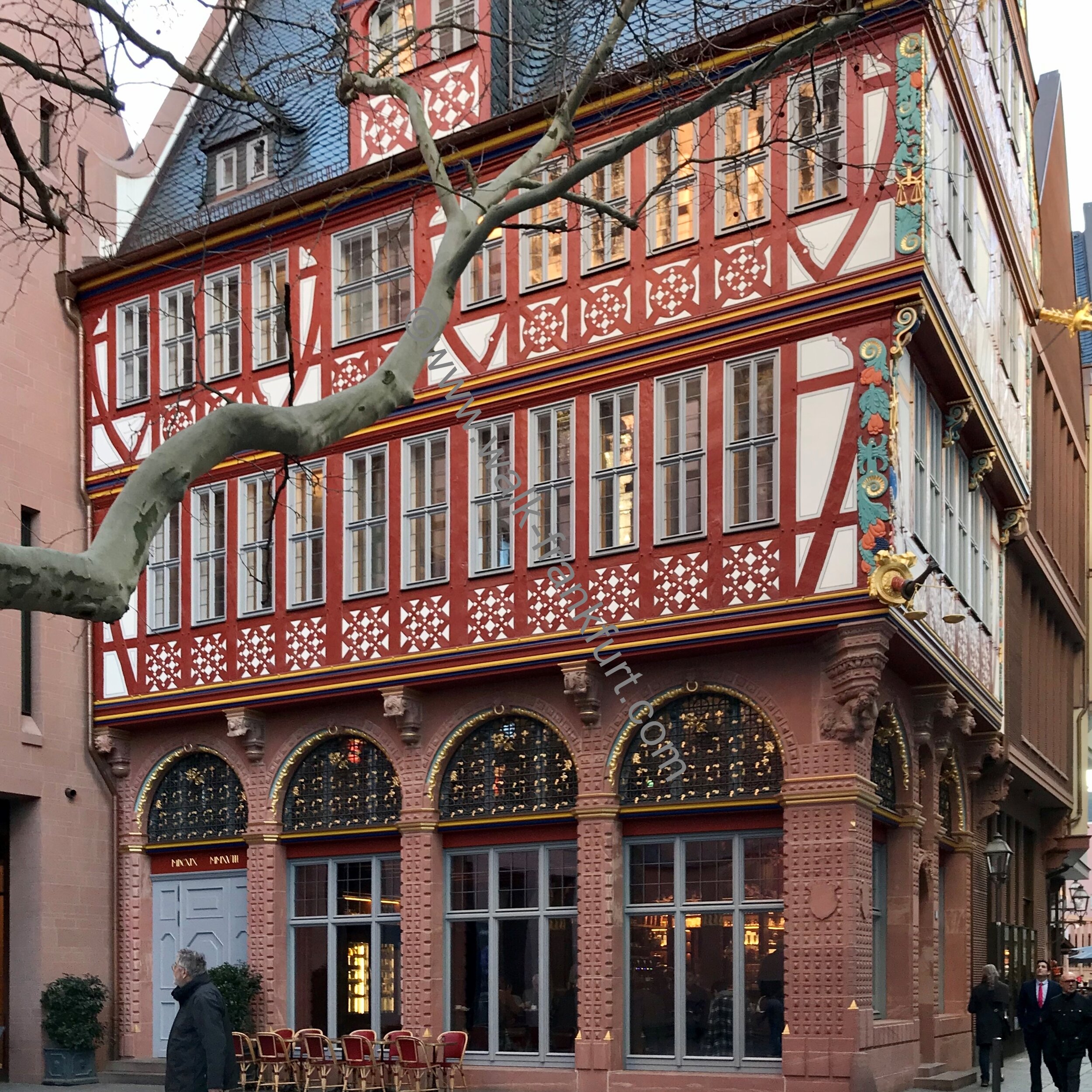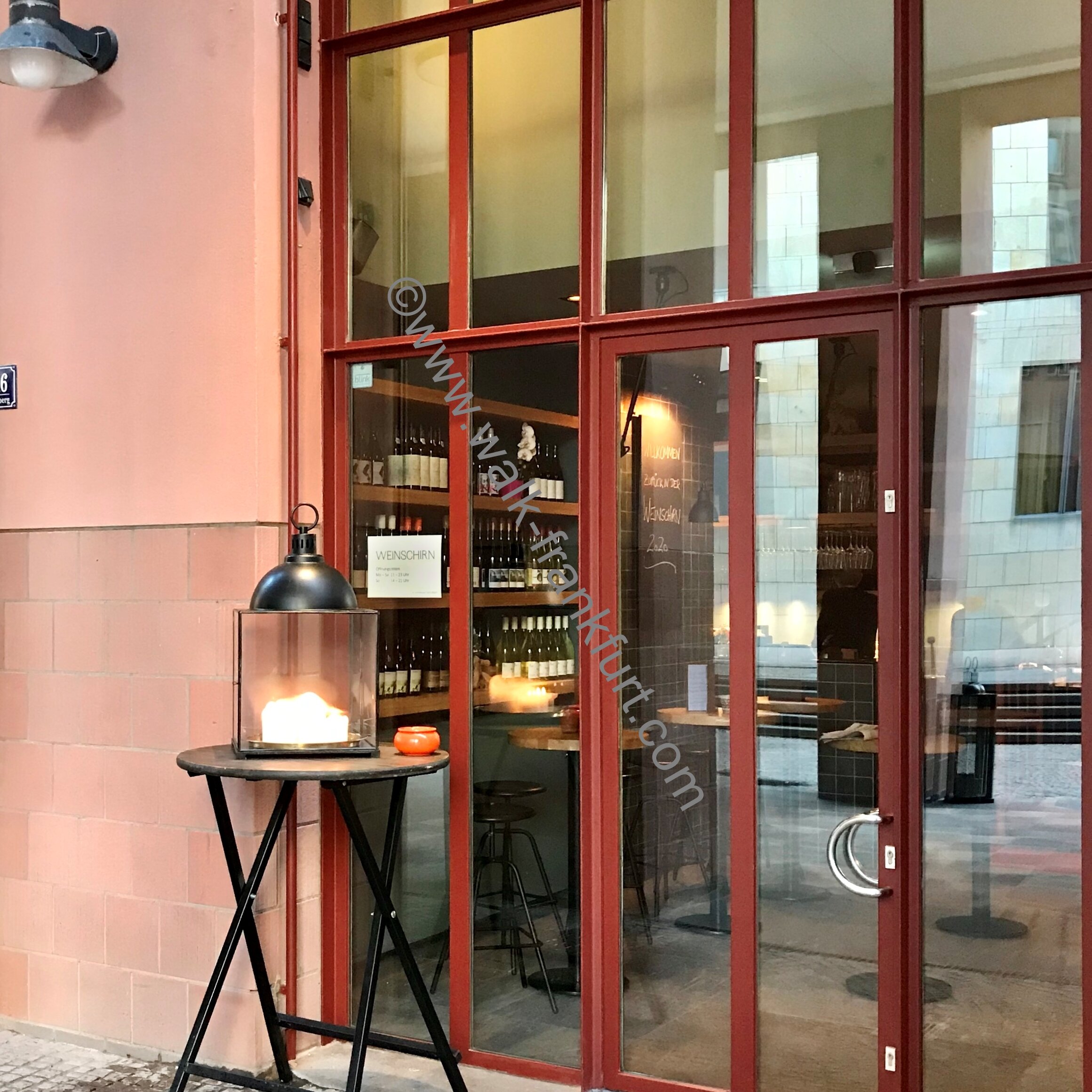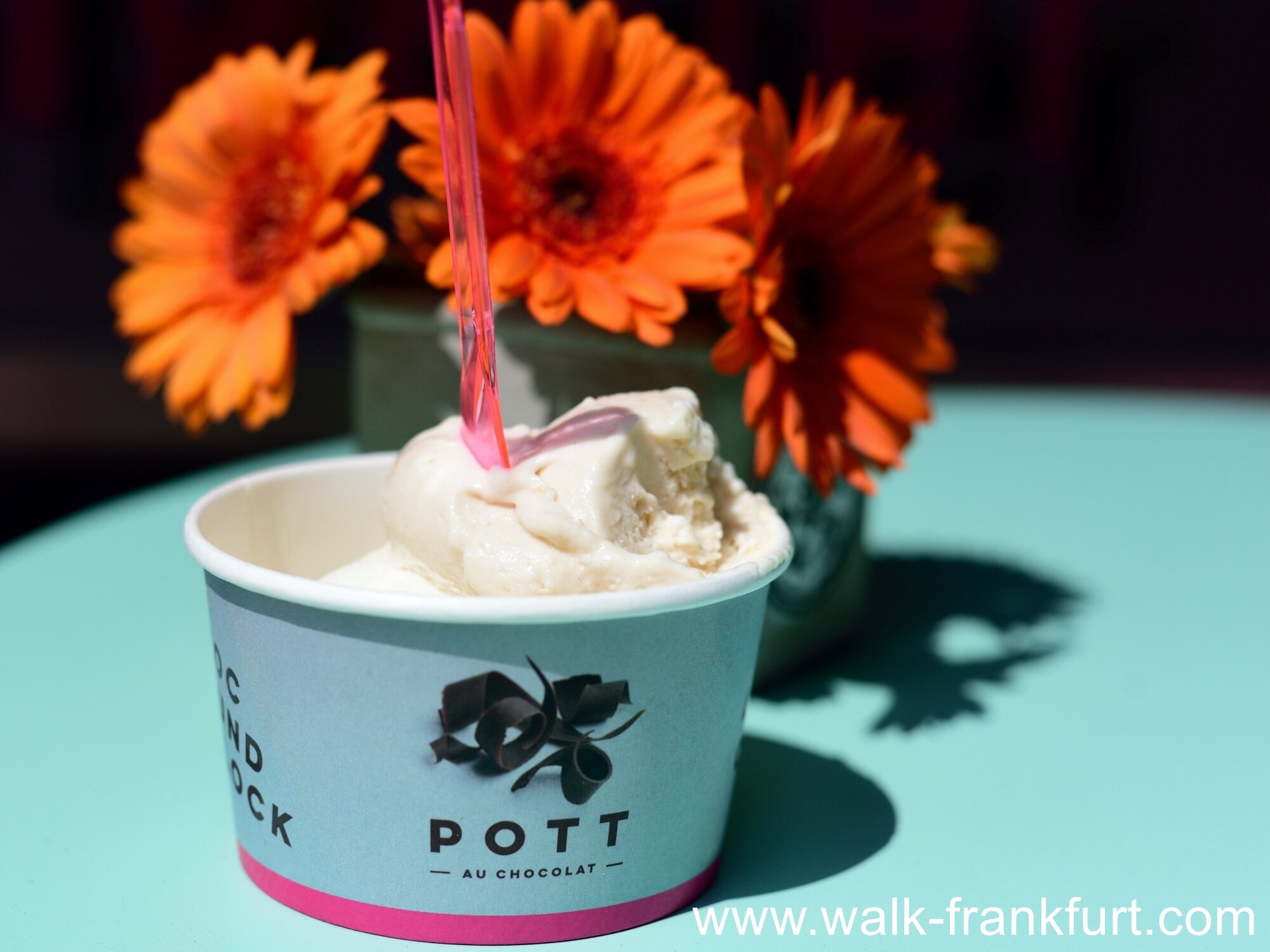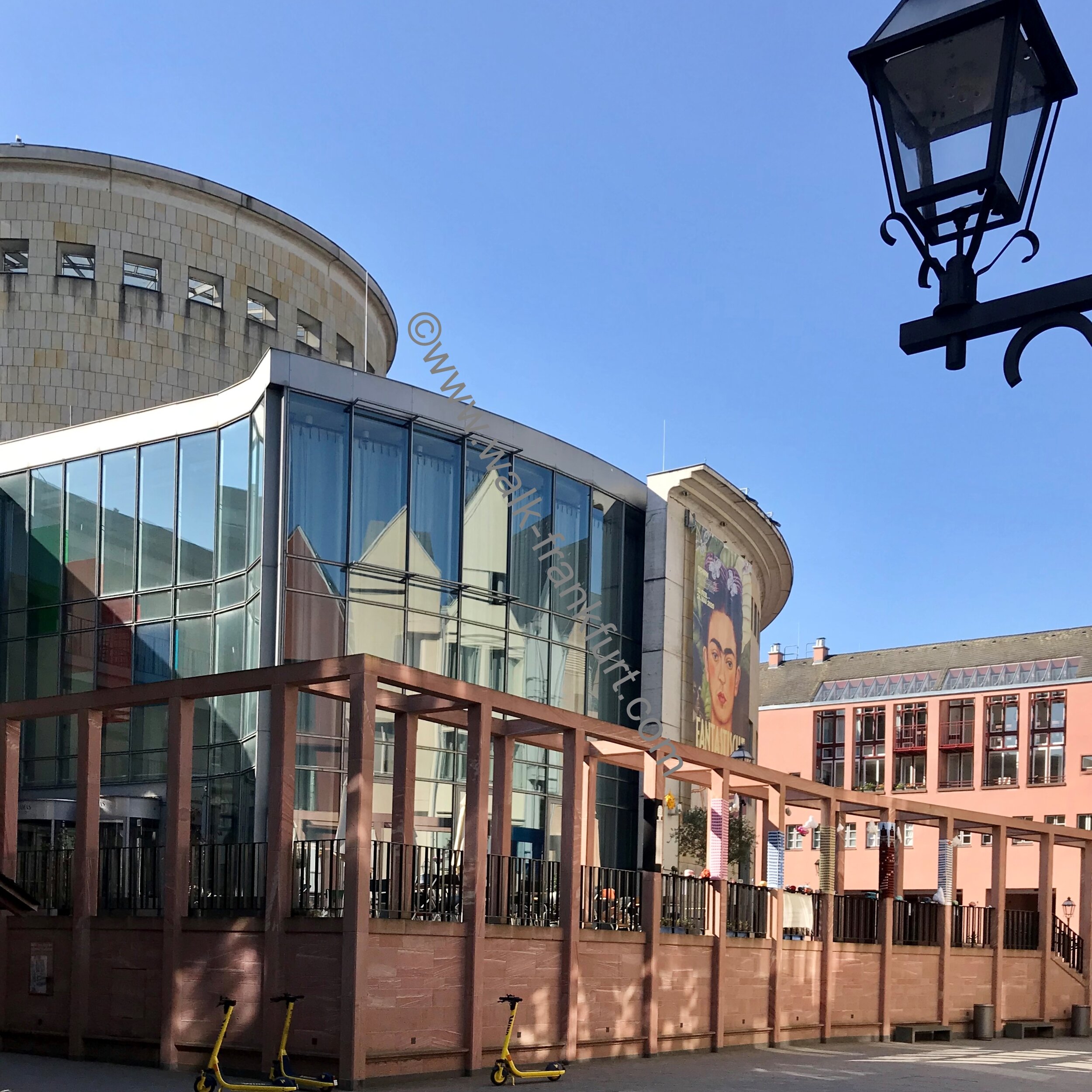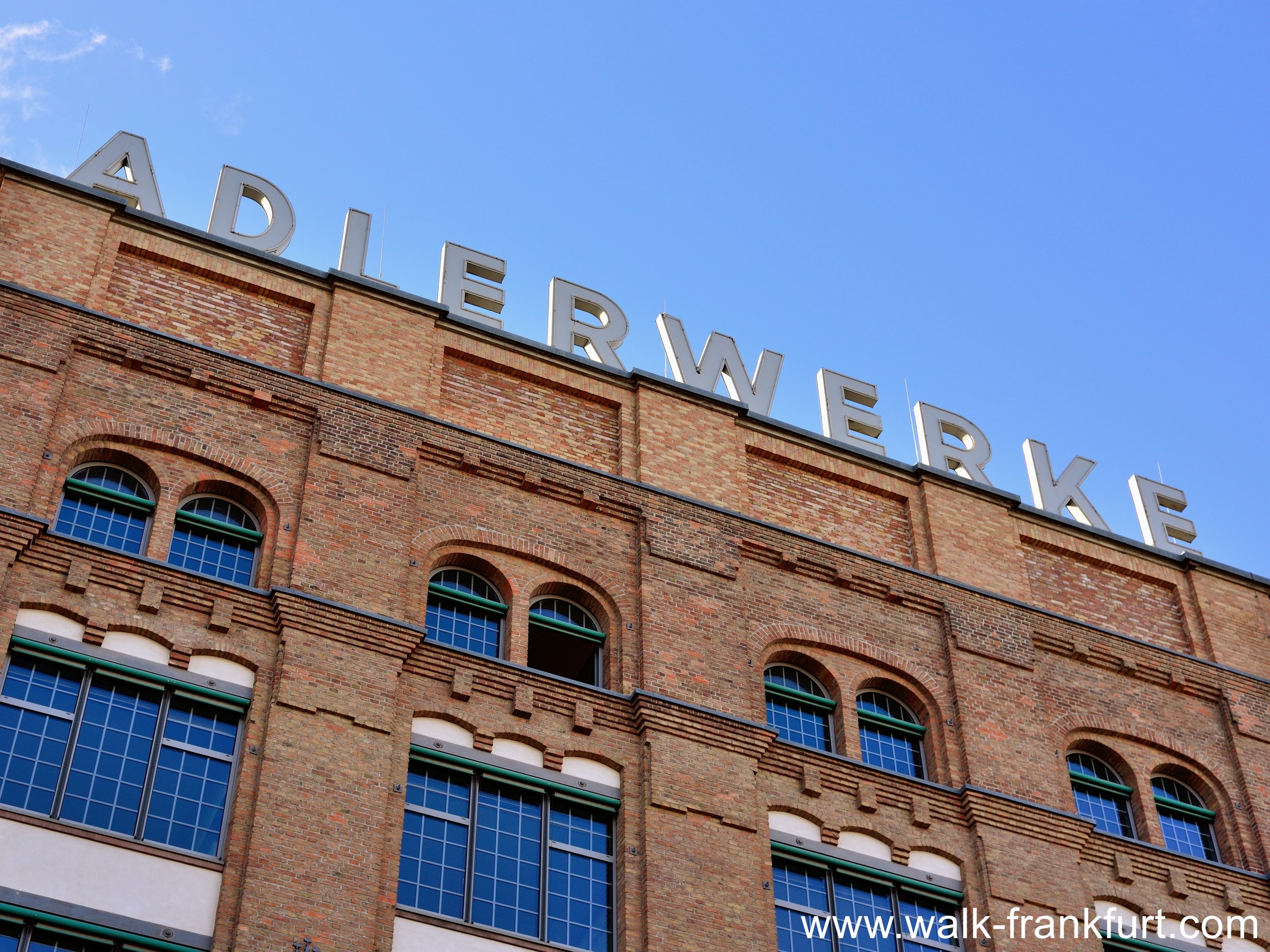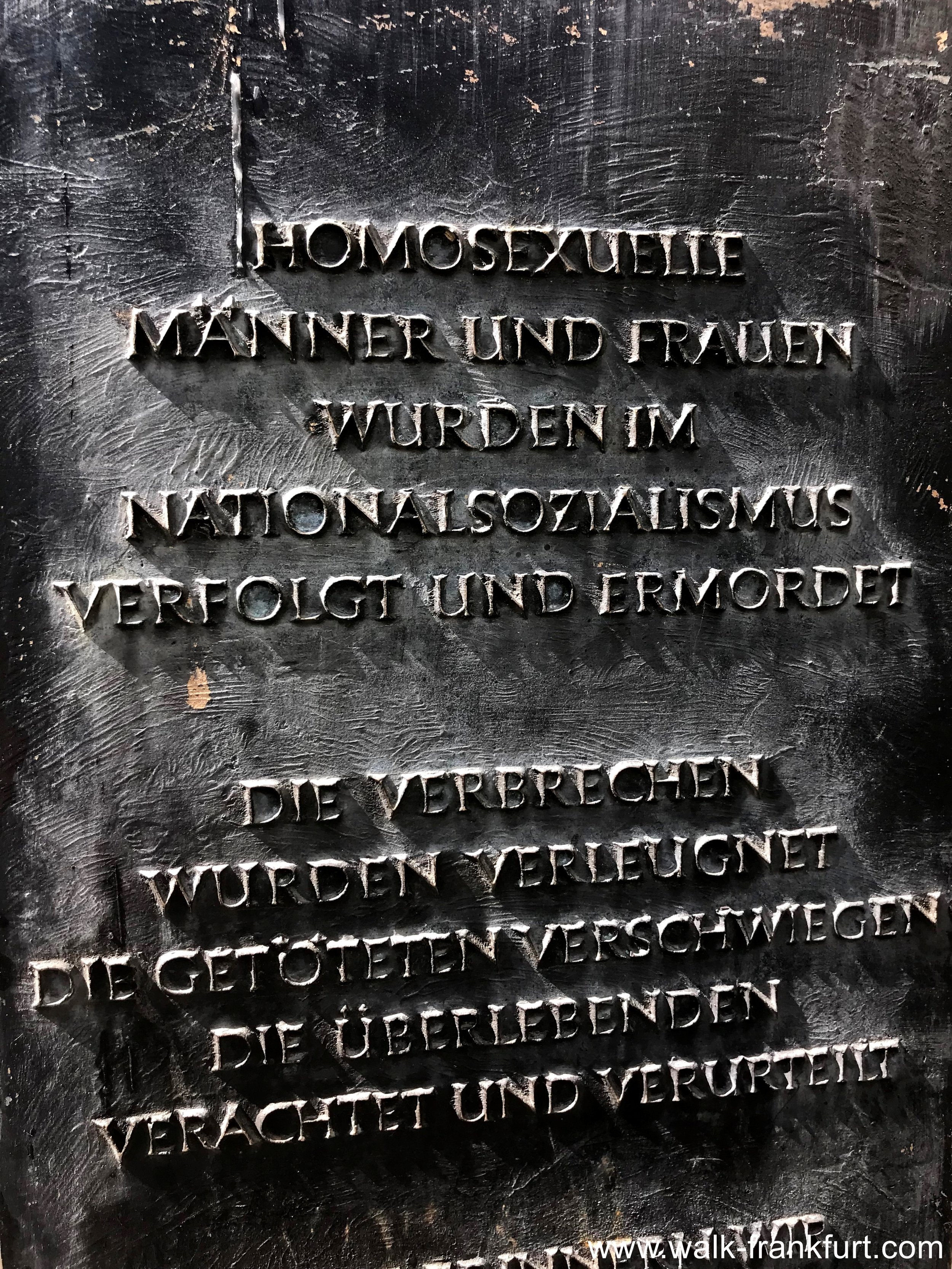Updated 04.07.2022
The suggestions below follow the same route as the tour, plus a few extra hints and tips. If you spot a change, perhaps a new cafe you tried and liked, please, do leave a comment.
Listings
Key to listings: D - dining, C - cafe/coffee, Vg - vegan, TG - to go, W - wine
Along the tour route:
C Einsteins - (Römerberg 32) A bit like Starbucks, but it’s German, and very conveniently placed on the old town square. It keeps longer hours than most cafes in the area from 8am - 9pm.
C Kaffeehaus Goldene Waage (Markt 5) This is in the beautiful renaissance house, just opposite the cathedral. Cake and coffee are good, service slow (not going to lie to you) but this is all about seeing the beautiful renovations within. The cafe is also attached to the Friedrich-Stoltze Museum, free entry, which you will find when visiting the bathrooms!
D C Vg Metropol Kaffeeaus am Dom (Weckmarkt 13-15) I have an affection for this place. Home cooked food, great cakes and a garden that’s an absolute sun-trap out back! (Vegetarian and vegan goods too)
D Wirthaus am Hühnermarkt (Markt 16- 18, Hühnermarkt) In the heart of the New Old Town, the Wirthaus has a menu of traditional Frankfurt food and the quality is high. The pricing is a little higher too, but the setting is lovely and worth it.
C Hoppenworth & Ploch Altstadt (Markt 22, on the Hühnermarkt) Local coffee roaster. For those who like a flat white, this is the place to head to in the Old Town. Of course they have other drinks too!
W Balthasar Ress (Markt 13a, Hühnermarkt) Were you paying attention on the tour? Balthasar’s Weinbar is in the baroque, Grüne Linden, house on the Chicken Market! Balthasar’s produces it’s own wine close to Frankfurt in the Rheingau region. VDP quality wines that are worth trying. For a quick crib sheet on German wine terms, check out this link!
TG Metzgerei Dey - (Markt 13, Hühnermarkt) want to snack like locals do, whilst on the go? Grab a sausage from Dey’s. A family run delicatessen, here in Frankfurt since 1930.
D Badias Shirn Cafe Bar (Schirn Kunsthalle, btw Coronation Way and Bendergasse) Situated above the Coronation Way, Badias has a great selection of freshly prepared salads and dishes with a Mediterranean flair. Although not strictly gluten-free, it is possible to work around the menu and avoid gluten ingredients.
W C Wineschirn (Römerberg 8, directly opposite the U-bahn escalators, exit Römer) ) Another one of my favourites, Weinschirn has a lovely selection of German wines and a few from other lands too. Noted also for the delicious Flammkuchen and small plates of ham and cheese if you’re feeling peckish!)
C ConduitCouture (Fahrtor 1, by Haus Wertheim) On the way to the Iron bridge, queue up here and grab a fine piece of cake or a home made ice-cream. This patisserie makes all the classics, including the famous Frankfurter Kranz, a vanilla sponge with butter cream, jam and a nutty croquant. You can also buy packs of Bethmannchen here - the traditional Frankfurt, baked marzipan treats.
Schirn Art Gallery (Römerberg) modern art gallery offering alternating exhibitions. Check the website for details)
Kaisersaal (entrance on Limpurgergasse. Daily 10am-1pm and 2pm-5pm) The Kaisersaal contains 19th century portraits of all the Holy Roman Emperors. As you walked along Limpurgergasse, after seeing the eavedropping man and cat, you might have noticed a sign on the side wall of the town hall. It’s the entrance point to the Kaisersaal. When open, walk through the gates, turn right to see an automat machine to purchase entrance tickets (2€). Once done, walk up the the ornate stairwell to gain entrance.





